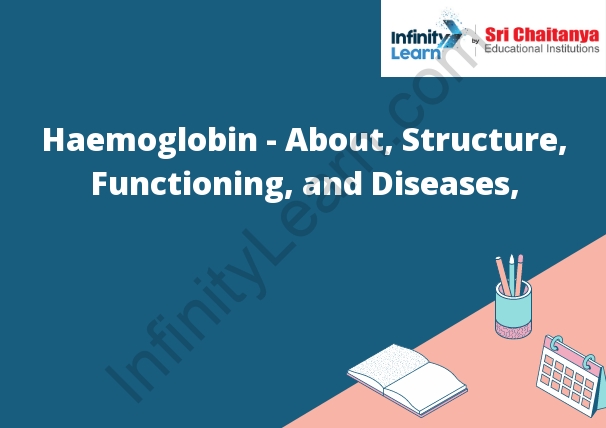Table of Contents
About Heamoglobin:
Diseases related to Heamoglobin
Treatment of Heamoglobin-related diseases
Heamoglobin is a protein molecule found in red blood cells that is responsible for the transport of oxygen from the lungs to the rest of the body. Heamoglobin also helps to remove carbon dioxide from the body.
There are several diseases that can be related to heamoglobin, including anaemia, sickle cell anaemia, and thalassemia. Anaemia is a condition in which the body does not have enough red blood cells, resulting in a shortage of oxygen. Symptoms of anaemia can include fatigue, shortness of breath, and pale skin.
Sickle cell anaemia is a condition in which the red blood cells are shaped like sickles, which can block blood flow and cause pain. Thalassemia is a condition in which the body does not produce enough red blood cells. Symptoms of thalassemia can include fatigue, shortness of breath, and pale skin.
There are several treatments available for haemoglobin-related diseases, including blood transfusions, medication, and surgery.

Structure of Haemoglobin
Haemoglobin is a protein molecule present in red blood cells that carries oxygen from the lungs to the tissues of the body. It is composed of four protein subunits, each of which contains a heme group that binds oxygen. The heme group is also responsible for the red color of blood.
Functioning of Haemoglobin
Haemoglobin is a protein found in the red blood cells. It is responsible for the transport of oxygen from the lungs to the rest of the body. The oxygen is bound to the haemoglobin in the lungs and is released at other parts of the body.
Transport of Oxygen
The transport of oxygen in the body occurs when the oxygen molecule binds to hemoglobin in the red blood cells. The red blood cells circulate throughout the body and release the oxygen where it is needed.
Oxygen Transport
The oxygen transport process begins when the oxygen molecule binds to the hemoglobin molecule in the red blood cells. The hemoglobin molecule then carries the oxygen throughout the body to the cells that need it. The oxygen is then released from the hemoglobin molecule and used by the cells to produce energy.
A. Sickle Cell Anaemia:
Sickle cell anaemia is a blood disorder that affects red blood cells. These cells are normally round and smooth, but in people with sickle cell anaemia, they become sickle-shaped. This can cause problems because the sickle-shaped cells can get stuck in small blood vessels. This can block blood flow and cause pain, infection, and organ damage.
There is no cure for sickle cell anaemia, but treatments can help manage the symptoms. These include pain relief, antibiotics to treat infections, and blood transfusions.
B. Thalassemia:
Thalassemia is a blood disorder that affects the production of hemoglobin, the molecule in red blood cells that carries oxygen throughout the body. Hemoglobin is made up of two proteins, alpha and beta. Thalassemia occurs when there is a mutation in the gene that codes for the beta protein. This results in the production of an abnormal form of hemoglobin that can’t carry oxygen as well as normal hemoglobin.
There are two types of thalassemia, thalassemia major and thalassemia minor. Thalassemia major is a more serious form of the disease that requires lifelong treatment. Thalassemia minor is a milder form that may require only occasional treatment.
Thalassemia is most commonly diagnosed in infants and children, but can occur at any age. Treatment depends on the type and severity of the disease.









